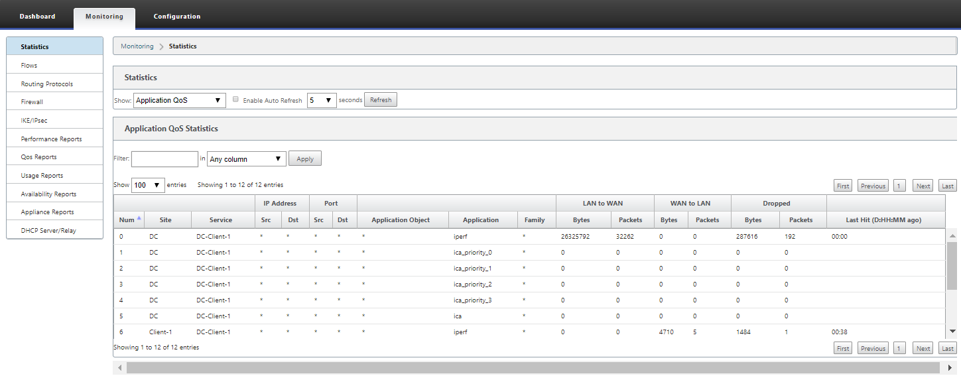This content has been machine translated dynamically.
Dieser Inhalt ist eine maschinelle Übersetzung, die dynamisch erstellt wurde. (Haftungsausschluss)
Cet article a été traduit automatiquement de manière dynamique. (Clause de non responsabilité)
Este artículo lo ha traducido una máquina de forma dinámica. (Aviso legal)
此内容已经过机器动态翻译。 放弃
このコンテンツは動的に機械翻訳されています。免責事項
이 콘텐츠는 동적으로 기계 번역되었습니다. 책임 부인
Este texto foi traduzido automaticamente. (Aviso legal)
Questo contenuto è stato tradotto dinamicamente con traduzione automatica.(Esclusione di responsabilità))
This article has been machine translated.
Dieser Artikel wurde maschinell übersetzt. (Haftungsausschluss)
Ce article a été traduit automatiquement. (Clause de non responsabilité)
Este artículo ha sido traducido automáticamente. (Aviso legal)
この記事は機械翻訳されています.免責事項
이 기사는 기계 번역되었습니다.책임 부인
Este artigo foi traduzido automaticamente.(Aviso legal)
这篇文章已经过机器翻译.放弃
Questo articolo è stato tradotto automaticamente.(Esclusione di responsabilità))
Translation failed!
Rules by application name
The Application classification feature allows the Citrix SD-WAN™ appliance to parse incoming traffic and classify them as belonging to a particular application or application family. This classification allows us to enhance the QoS of individual application or application families by creating and applying application rules.
You can filter traffic flows based on application, application family, or application object match-types and apply application rules to them. he application rules are similar to Internet Protocol (IP) rules. For information on IP rules see, Rules by IP Address and Port Number.
For every application rule, you can specify the mode of transmission. The following are the available transmit modes:
- Load Balance Path: Application traffic for the flow is balanced across multiple paths. Traffic is sent through the best path until that path is used. The remaining packets are sent through the next best path.
- Persistent Path: Application traffic remains on the same path until the path is no longer available.
- Duplicate Path: Application traffic is duplicated across multiple paths, increasing reliability.
The application rules are associated to classes. For information on classes, see Customizing Classes.
By default, the following five pre-defined application rules are available for Citrix® ICA® applications:
| Rule | Class | Transmit Mode | Retransmit Lost Packets | Enable Packet Aggregation | Enable Packet Resequencing | Resequence Hold Time (ms) | Discard Late Resequencing Packets | Drop Limit (ms) | Drop Depth (bytes) | Enable RED | Disable Limit (ms) | Disable Depth (bytes) |
|---|---|---|---|---|---|---|---|---|---|---|---|---|
| HDX_Priority_0 | 0 (HDX_priority_tag_0) | Load Balance Path | True | False | True | 250 | True | 350 | 30000 | True | 0 | 128000 |
| HDX_Priority_1 | 1 (HDX_priority_tag_1) | Load Balance Path | True | False | True | 250 | True | 350 | 30000 | True | 0 | 128000 |
| HDX_Priority_2 | 2 (HDX_priority_tag_2) | Load Balance Path | True | False | True | 250 | True | 350 | 30000 | True | 0 | 128000 |
| HDX_Priority_3 | 3 (HDX_priority_tag_3) | Load Balance Path | True | False | True | 250 | True | 350 | 30000 | True | 0 | 128000 |
| HDX | 11 (interactive_high_class) | Load Balance Path | True | False | True | 250 | True | 350 | 30000 | True | 0 | 128000 |
How application rules are applied?
In the SD-WAN network, when the incoming packets reach the SD-WAN appliance, the initial few packets do not undergo DPI classification. At this point, the IP rule attributes such as Class, TCP termination are applied to the packets. After DPI classification, the application rule attributes such as Class, transmit mode override the IP rule attributes.
The IP rules have more number of attributes as compared to the application rules. The application rule overrides only a few IP rule attributes, the rest of the IP rule attributes remain processed on the packets.
For example, consider you have specified an application rule for a webmail application such as Google Mail that uses the SMTP protocol. The IP rule set for SMTP protocol is applied initially before DPI classification. After parsing the packets and classifying it as belonging to Google Mail application, the application rule specified for the Google Mail application is applied.
To create application rules using Citrix SD-WAN Orchestrator, see Application rules.
To confirm if application rules are applied to traffic flow, navigate to Monitoring > Flows.
Make a note of the app rule id and check if the class type and transmission mode are as per your rule configuration.

You can monitor the application QoS such as no of packets / bytes uploaded, downloaded, or dropped at each site by navigating to Monitoring > Statistics > Application QoS.
The Num parameter indicates the app rule id. Check for the app rule id obtained from the flow.

Creating custom applications
You can use application objects to define custom applications based on the following match types:
- IP protocol
- Application name
- Application family
The DPI classifier analyzes the incoming packets and classifies it as applications based on the specified match criteria. You can use these classified custom applications in QoS, firewall, and application routing.
Tip
You can specify one or more match types.
Share
Share
This Preview product documentation is Cloud Software Group Confidential.
You agree to hold this documentation confidential pursuant to the terms of your Cloud Software Group Beta/Tech Preview Agreement.
The development, release and timing of any features or functionality described in the Preview documentation remains at our sole discretion and are subject to change without notice or consultation.
The documentation is for informational purposes only and is not a commitment, promise or legal obligation to deliver any material, code or functionality and should not be relied upon in making Cloud Software Group product purchase decisions.
If you do not agree, select I DO NOT AGREE to exit.